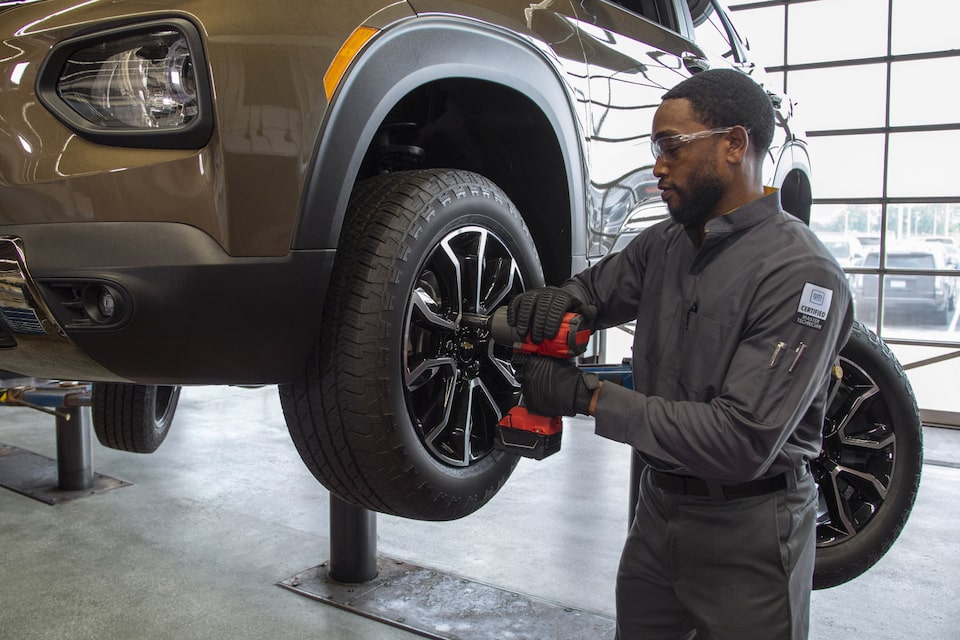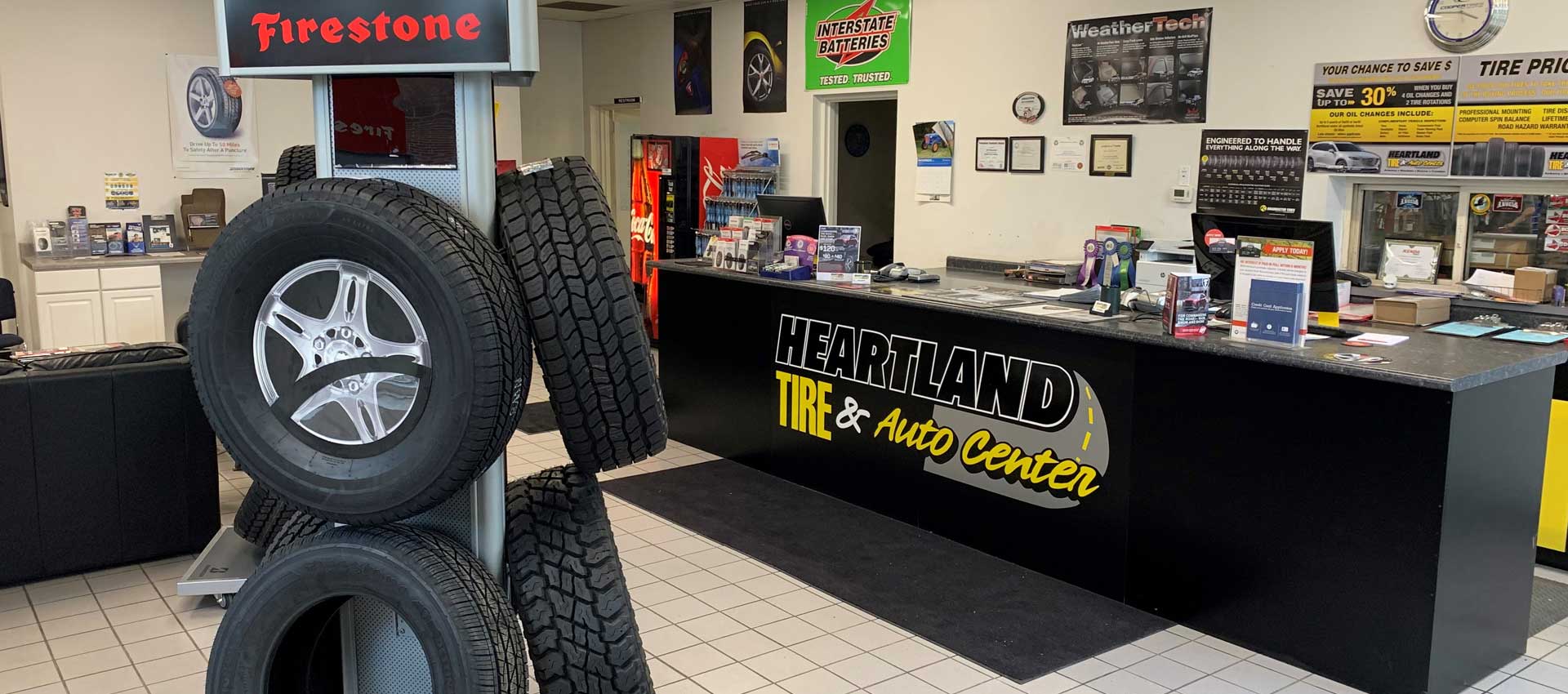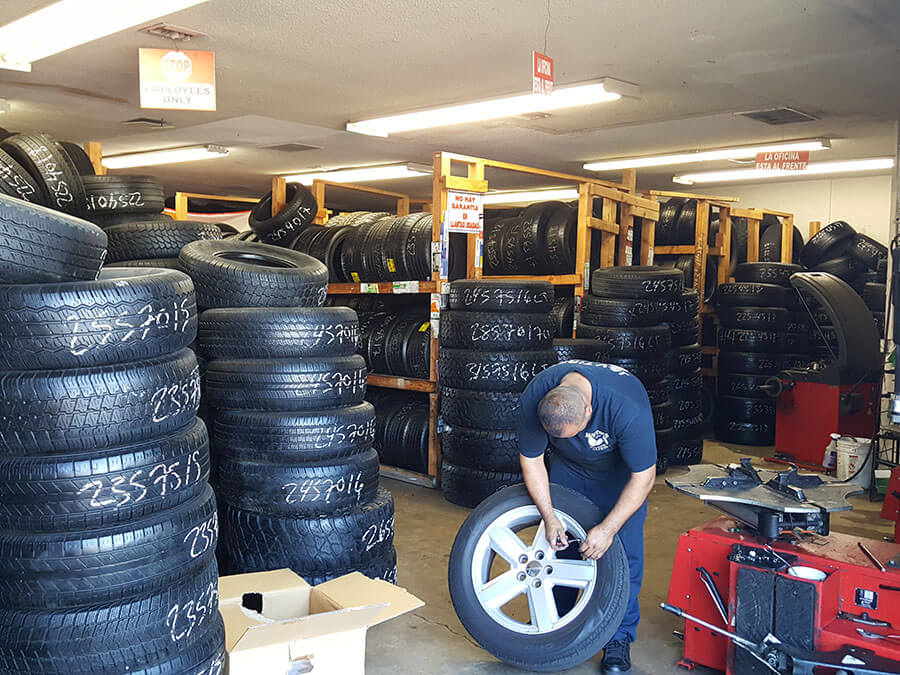Tire Service: The Effect of Weather Conditions
When it comes to making certain ideal efficiency and security on the road, comprehending the impact of climate conditions on tire service is crucial. In this discussion, we will check out the elaborate relationship in between weather conditions and tire service, losing light on the importance of weather-specific tire upkeep techniques and considerations.
Warmth and Tire Efficiency
When exposed to high temperature levels, tires experience changes in efficiency that can substantially affect lorry security and handling. The warm generated from extended driving or heat problems triggers the tire rubber to soften, causing lowered walk life and raised wear. As the rubber becomes softer, the tire's grip when traveling reduces, affecting braking ranges and total grip. In severe cases, too much warm can even cause tire blowouts, presenting a serious security risk to the car and its owners.
In addition, heats can increase the process of tire aging, creating the rubber to deteriorate faster. This can result in splits, bulges, and other types of damages that endanger the structural honesty of the tire. To reduce the impacts of warmth on tire efficiency, chauffeurs should on a regular basis examine their tire pressure, revolve tires to make sure even put on, and evaluate for any indications of damage. In addition, utilizing tires especially made to withstand heats can assist keep optimal performance and safety when driving.
Cold Weather Condition Effects
Winter conditions can have a substantial influence on tire efficiency and security. As temperature levels drop, tire rubber can set, causing decreased traction on icy or snow-covered roads. In winter, tires may additionally lose atmospheric pressure a lot more swiftly, which can influence dealing with and fuel effectiveness. Furthermore, chilly temperature levels can create tire sidewalls to tense, increasing the danger of damage from potholes or other road risks.
To reduce the impacts of chilly weather on tires, it is vital to regularly inspect tire stress and inflate them to the manufacturer's suggested degrees. Making use of wintertime or all-season tires designed for winter problems can also boost traction and hold on icy or snowy roadways - mopar tire service specials. Correct tire maintenance, consisting of regular examinations for wear and damage, comes to be even much more critical during cooler months to make certain optimum performance and safety
Rainy Conditions Influence
Tires with worn-out treads are more susceptible to hydroplaning, where a layer of water constructs up between the roadway and the tire surface area, leading to loss of traction. To combat this, chauffeurs should frequently check their tires for ample step depth and take into consideration investing in tires particularly created for wet conditions.

Snow and Tire Security
Snow-covered roads pose one-of-a-kind challenges for motorists, emphasizing the significance of proper tire selection and upkeep. When driving in snowy conditions, having the best tires can make a considerable difference this hyperlink in safety and efficiency. Wintertime tires are created with special rubber compounds and step patterns to offer better traction on snow and ice contrasted to all-season tires. The much deeper footsteps and sipes of wintertime tires assist grasp the road much better, decreasing the risk of slipping and sliding.
Along with making use of winter season tires, it is crucial to guarantee they are correctly inflated. Winter can trigger tire stress to go down, impacting grip and handling (mopar tire service specials). Regularly inspecting and keeping the appropriate tire stress is important for optimal performance in snowy conditions

Weather-Related Tire Maintenance
Weather-related tire maintenance encompasses a range of methods intended at ensuring optimal tire feature and long life in various weather scenarios. One key element of weather-related tire maintenance is tire pressure policy. Examining tire step consistently and replacing tires when walk wear reaches a specific depth is crucial for keeping grip and stability in adverse weather.
Verdict
To conclude, weather condition problems have a considerable effect on tire performance and safety and security. From heat influencing tire stress and use to winter reducing traction, it is vital to consider the climate when maintaining and using tires. Rainy conditions can go to website lower hold and bring about hydroplaning, while snow can boost the danger of accidents if tires are not correctly equipped. Weather-related tire maintenance is crucial in guaranteeing optimal efficiency and safety and security when traveling.
In this conversation, we will explore the detailed connection in between weather condition problems and tire service, losing light on the relevance of weather-specific tire maintenance practices and considerations.
